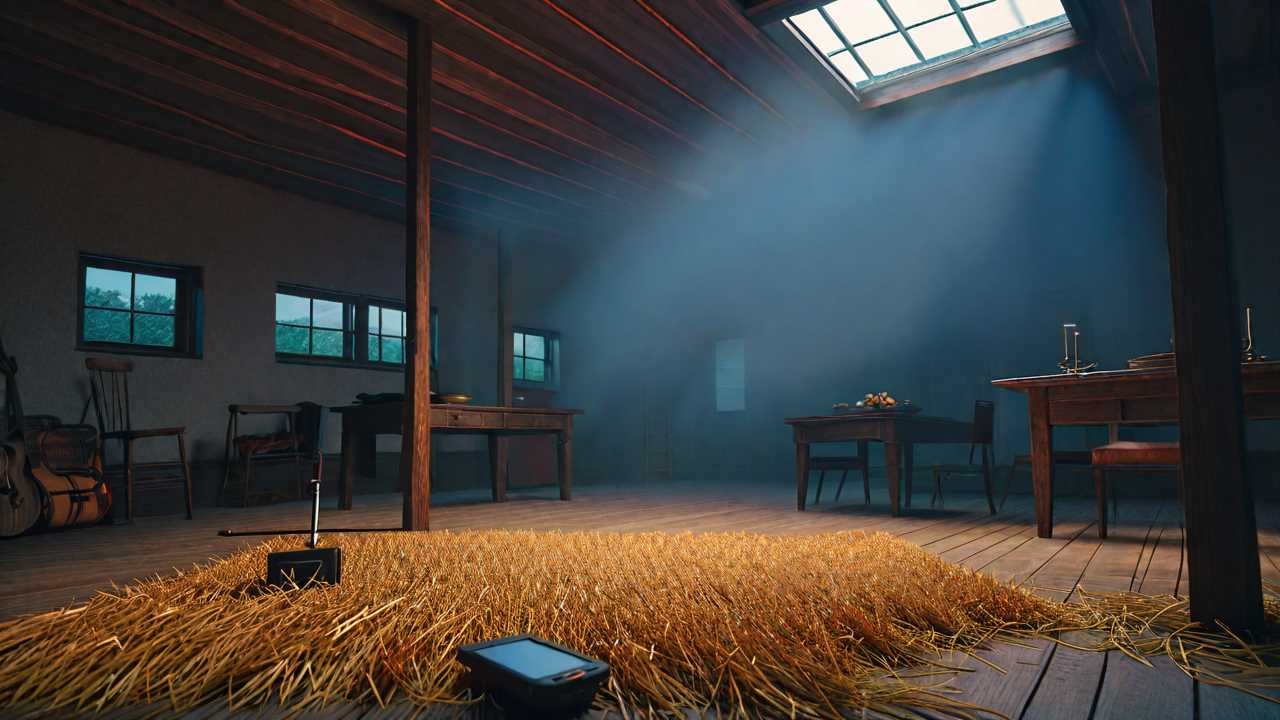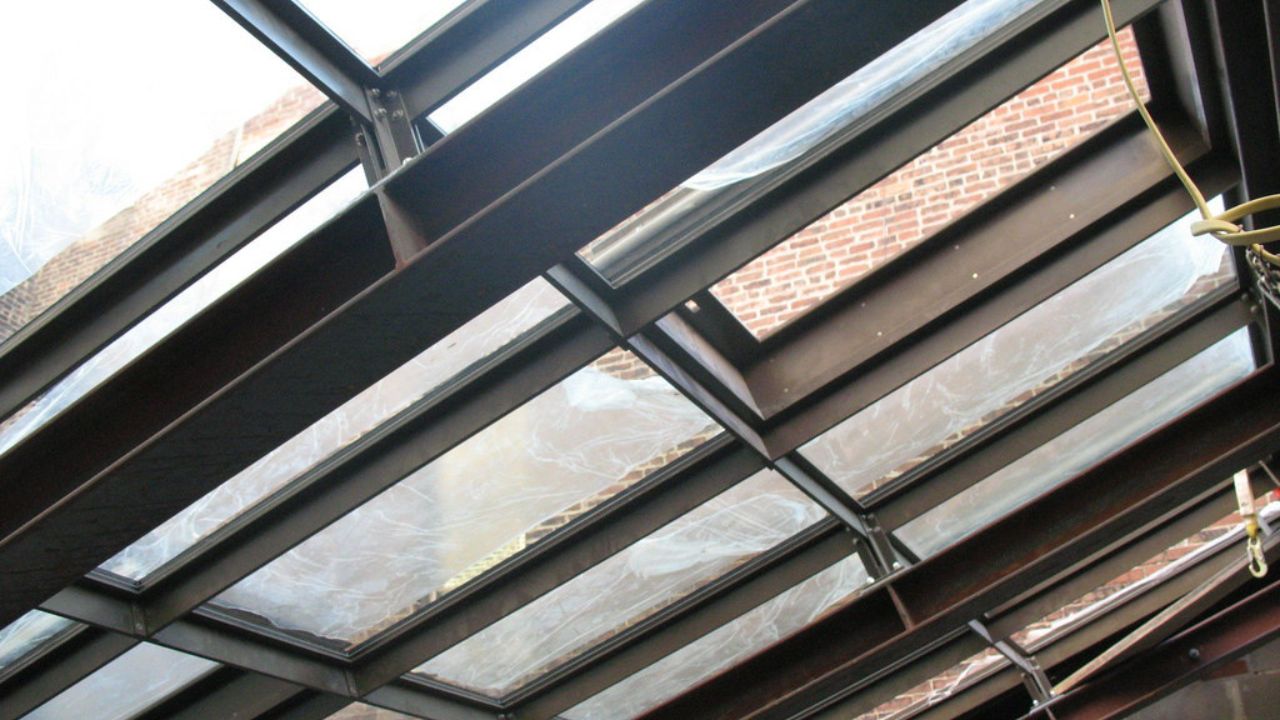
Have you ever wondered if solar skylights can illuminate your space when the sun sets? While solar skylights don’t generate electricity after dark, they can still provide a subtle radiance using stored daylight. But how exactly do they manage this feat? Stay tuned to uncover the secrets behind how solar skylights work at night and the innovative solutions that can maximize their efficiency even in the absence of natural light.
To maximize efficiency, solar skylights capture and utilize natural daylight through innovative light-transmitting technologies. These skylights are equipped with special light-transmitting materials that allow sunlight to pass through while minimizing heat transfer and UV radiation. The key component of solar skylights is the light-capturing dome, often made of high-quality acrylic or polycarbonate materials. This dome is strategically designed to capture sunlight from various angles throughout the day, maximizing the amount of light that enters the space below.
Once the sunlight passes through the dome, it travels down a highly reflective tube that directs the light into the room below. This tube is lined with a reflective material that guarantees minimal light loss during the transmission process. At the bottom of the tube, near the ceiling of the room, a diffuser evenly distributes the natural light, providing a well-lit environment without the need for additional artificial lighting. Solar skylights effectively harness daylight, offering a sustainable and energy-efficient lighting solution for your space.
Solar skylights operate by utilizing specialized light-transmitting materials and a reflective tube system to capture and direct natural daylight into interior spaces, minimizing the need for artificial lighting sources. The key components of a solar skylight include a roof-mounted light collector, a highly reflective tube, and a diffuser that disperses the captured light evenly.
The light collector, often a dome or flat panel, is designed to gather sunlight throughout the day, even in cloudy conditions. This collected sunlight is then transferred through the reflective tube, which effectively channels the light down into the room below.
The reflective tube plays an important role in maintaining the intensity and quality of the sunlight as it travels through the system. To ensure maximum efficiency, the interior of the tube is coated with a highly reflective material that prevents light loss through absorption. This mechanism allows solar skylights to effectively illuminate interior spaces during daylight hours, reducing energy consumption and creating a more sustainable lighting solution.

At night, solar skylights can still provide indirect illumination through stored daylight, offering potential energy savings and extended functionality for interior spaces. The benefits of solar skylights extend beyond daylight hours, as they can improve the ambiance of a room with a soft glow that creates a cozy atmosphere. By harnessing and utilizing natural light during the day, solar skylights can continue to brighten spaces effectively after sunset, reducing the reliance on artificial lighting sources and lowering electricity costs.
Additionally, the presence of solar skylights at night can contribute to a more sustainable lifestyle by promoting energy efficiency and reducing carbon footprint. The extended functionality of solar skylights allows for a seamless transition from day to night, ensuring that your living or working environment remains well-lit and inviting even when the sun goes down. Embracing solar skylights not only elevates the aesthetics of your space but also aligns with eco-friendly practices, making them a valuable addition to any building seeking to maximize natural light utilization.
When faced with the challenge of darkness, understanding how solar skylights function during nighttime hours becomes imperative in optimizing their effectiveness. Solar skylights are designed to harness sunlight and convert it into usable energy, primarily during daylight hours. However, in darkness, these skylights can’t generate electricity as they rely on sunlight to power their photovoltaic cells. To overcome this challenge and make solar skylights functional at night, incorporating energy storage systems like batteries is essential. These batteries store excess energy generated during the day, which can then be used to power the skylights during nighttime hours.
Additionally, integrating smart technology such as sensors and timers can help automate the use of solar skylights in darkness. Sensors can detect ambient light levels, automatically turning on the skylights when it gets dark and turning them off when daylight returns. Timers allow you to schedule when the skylights should be active, providing you with control over their usage even in the absence of natural light. By implementing these solutions, you can effectively overcome the challenge of darkness and maximize the efficiency of solar skylights in your space.
To maximize the efficiency of your solar skylights, consider optimizing their positioning to capture the maximum amount of sunlight throughout the day. Proper placement can significantly impact how much natural light your skylights can harvest. Here are some tips to help you get the most out of your solar skylights:
- Orientation: Make sure that your skylights are facing towards the equator to receive the most sunlight during the day.
- Avoid Shade: Keep surrounding trees or buildings from casting shadows on your skylights, as this can reduce their effectiveness.
- Regular Cleaning: Dirt and debris can block sunlight from entering your skylights, so be sure to clean them regularly.
- Consider Reflective Surfaces: Placing reflective surfaces near your skylights can help bounce more sunlight into your space, increasing their efficiency.
Solar skylights do not emit light at night since they rely on natural light. They can provide ventilation and reduce energy costs during the day. They are designed to harness sunlight for illumination and are not a nighttime light source.
Yes, solar skylights can be controlled remotely, offering you convenient access to adjust lighting levels or ventilation settings from anywhere. This feature improves your comfort and energy efficiency, providing a modern and flexible solution.

During inclement weather at night, solar skylights may be affected by reduced light intake. However, their innovative design allows for peak performance despite challenges. You’d be amazed at how they adapt to guarantee your space stays bright.
During nighttime, solar skylights do not require ongoing maintenance. These energy-efficient systems operate independently, harnessing sunlight during the day to illuminate your space. Enjoy the benefits of natural light without worrying about nighttime upkeep.
You can integrate solar skylights with smart home systems for night use. Sensors can activate LED lights powered by stored solar energy, providing illumination without electricity. Guarantee proper installation and programming for peak performance.